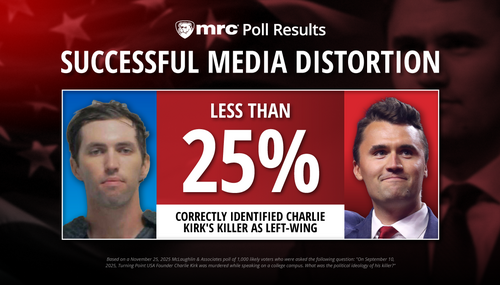New York Times Public Editor Liz Spayd again mixed it up a little with the paper’s intolerant liberal readership in “Bret Stephens Takes On Climate Change. Readers Unleash Their Fury.”
Spayd has often criticized the paper from the left, but unlike her five predecessors in the Public Editor slot she’s also been willing to note that the Times often functions as a liberal echo chamber.
She began by quoting Jim Thomas, a critic of the paper’s new conservative (and very anti-Trump) columnist Bret Stephens. Thomas is “a gay man living in a red state” who evidently thinks himself tolerant because “He has friends who voted for Donald Trump and he interacts daily with people whose political views he finds questionable.” How heroic! But he still can’t abide Stephens, whose decision to tackle climate change in his first column was somehow an inflammatory, “disturbing choice.”
Spayd emphasized:
Thomas is among the thousands of readers who have written in protest since Stephens, a conservative, took a seat among the elite, and mostly liberal, ranks of Times Opinion writers. His first column last weekend -- arguing that climate data creates the misleading impression that we know what global warming’s impact will be -- produced a fresh geyser of complaints, either to the public editor, on the letters pages or posted on the column itself. No subject since the election has come close to producing this kind of anger toward The Times. Among the scores who have taken to social media are several of Stephens’s new colleagues in the newsroom, some welcoming him aboard, others not so much. I expressed my own concerns about Stephens after his hiring, but I support the general principle of busting up the mostly liberal echo chamber around here.
Since his column published last weekend, I’ve been sifting through the rubble, poring over complaints and reaching some readers by phone. The goal wasn’t to resolve the finer points of atmospheric physics, but to get an answer to a simple question: Do you actually want a diversity of views on the Opinion pages, and if so, what’s the matter with Bret Stephens?
That’s an important question. The Times, both in the newsroom and on the Opinion side, has proclaimed a public commitment to reflecting a broader range of perspectives in its pages. What its mostly liberal or left-leaning base of readers thinks about that strategy obviously matters. They represent the business model, after all, and many are threatening to cancel their subscriptions (although three weeks in, relatively few have).
Most of the people I spoke with said they welcome opinions they don’t share and resent the suggestion that they prefer an ideological safe house. But many are incensed by what they felt was the gall of Stephens to take on climate change as his first column, and then to obliquely suggest that the data underlying climate science may be flawed, just like the data that predicted a Hillary Clinton win in November.
....
The bottom line: Few readers question the notion of having a conservative on the Op-Ed pages, with some caveats. But they thought it was a pugnacious move on Stephens’s part to choose climate change as his first target, a subject as flammable to many younger readers as the Middle East has long been to older ones.
Don’t want to melt the liberal snowflakes! Seriously, if “climate change” is too sensitive a subject, then how many liberal heads would explode after a Stephens’ column on race or feminism?
She got Stephens’ take on liberal contempt.
“It’s been an education,” he said of his maiden voyage into Times territory from the more conservative compound of The Wall Street Journal. “Some reader comments have been really smart and engaging,” he said, while many on Twitter, he said, have been less so. One tweet in particular left him explaining to his 11-year-old boy what it meant that someone wanted his dad “Danny Pearl-ed.”
....
“The dominant mode of liberal disagreement in many cases is to express contempt,” he said. “That’s a real problem, really for liberals.” Especially in the wake of Trump, he said, “The New York Times is a last bastion of objectivity and humane civilization to many liberals. My presence here suggests there is a Fifth Column(ist) in the Citadel.”
After a little prodding about whether conservatives share the same attribute, he maintained that they do not, but said that they have their own behavioral issues: They can be overbearing.
After Spayd suggested Stephens had already lost the trust of the paper’s readership, and advising him that “Showing some patience and respect for the new audience could start filling the tank,” again, Spayd challenged the paper’s liberal readership to show some of that famous liberal tolerance.
Readers, on the other hand, face the serious test of whether they can show tolerance for views they don’t like, even those they fear are dangerous. Stephens questioned the models of climate science, but isn’t it possible to take him at face value -- to accept that he thinks global warming is at least partially man-made -- and see where he takes his argument over time? He may not change opinions in the end, but at the very least he might concede that his stereotype of the contemptuous liberal is overly broad.




